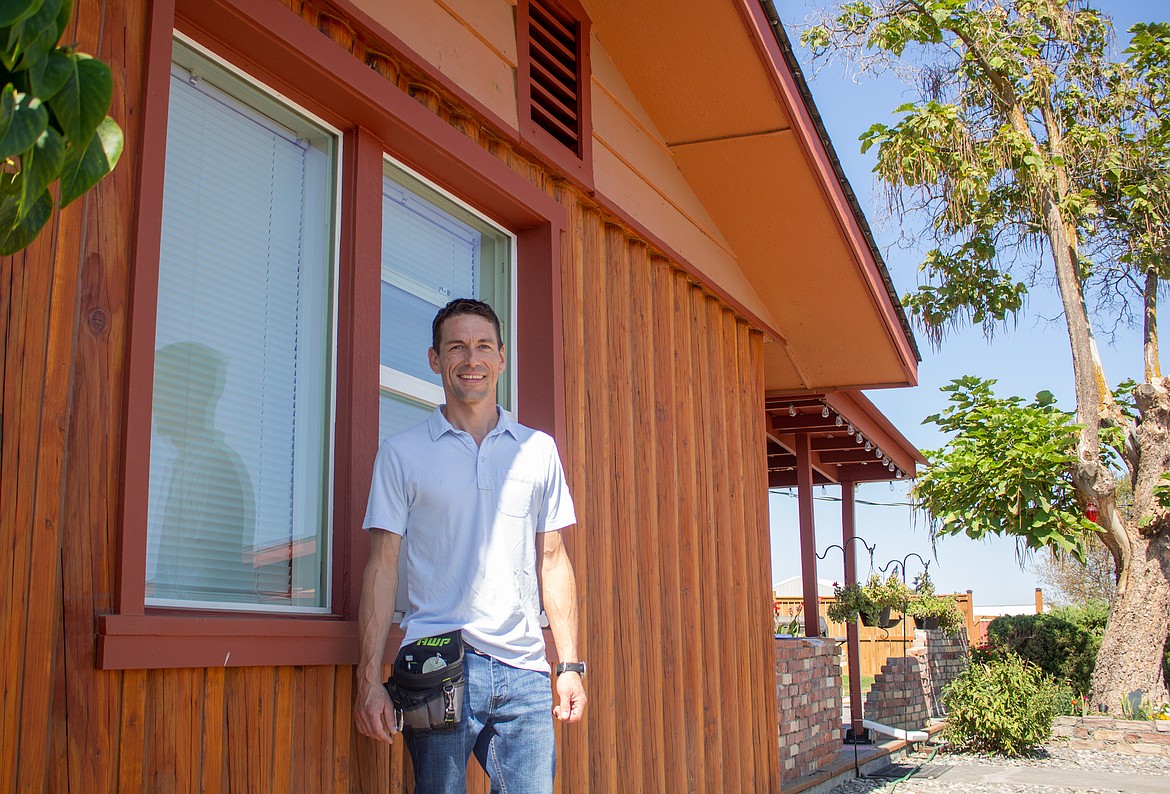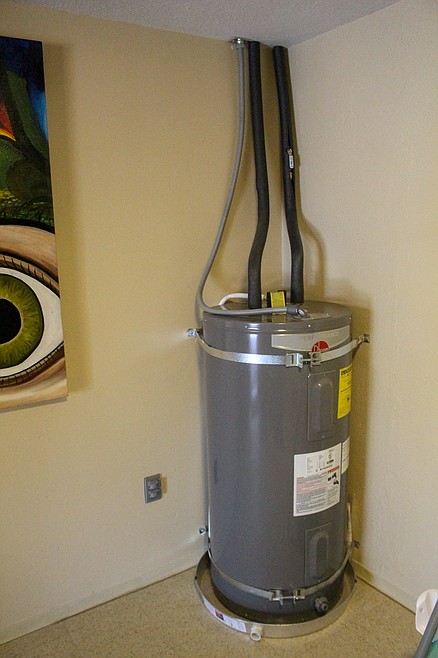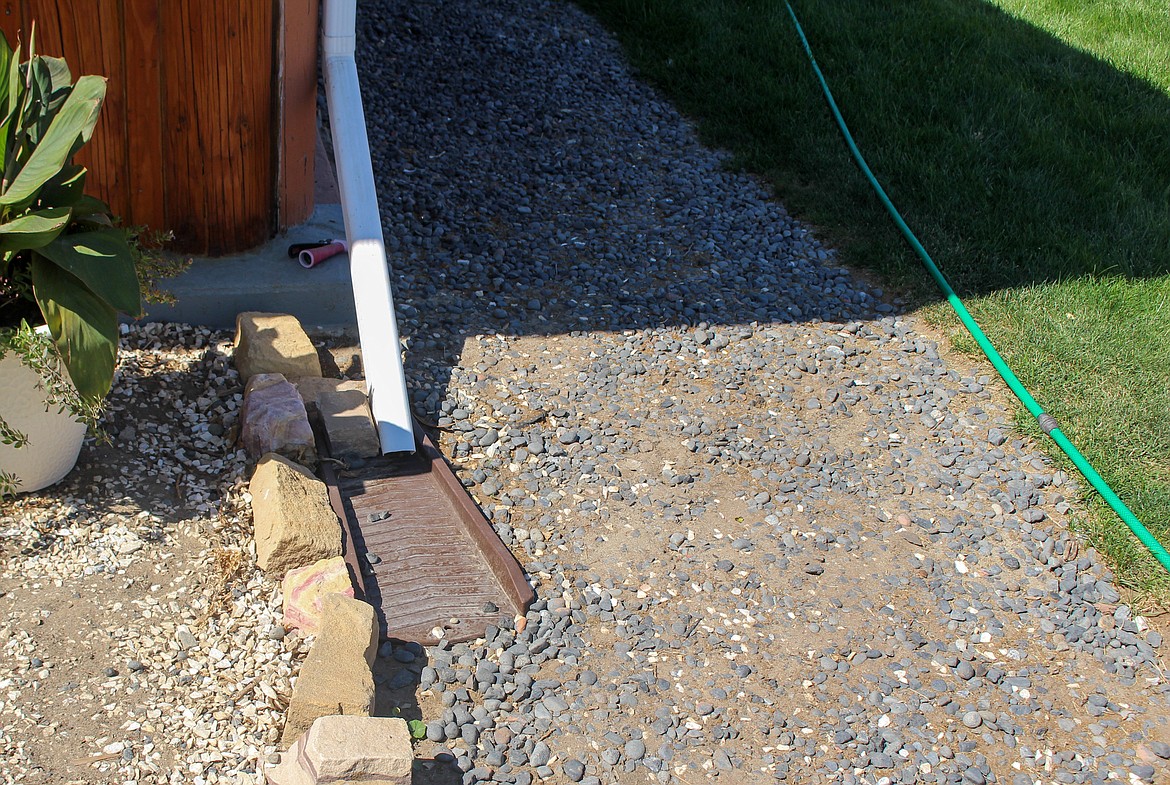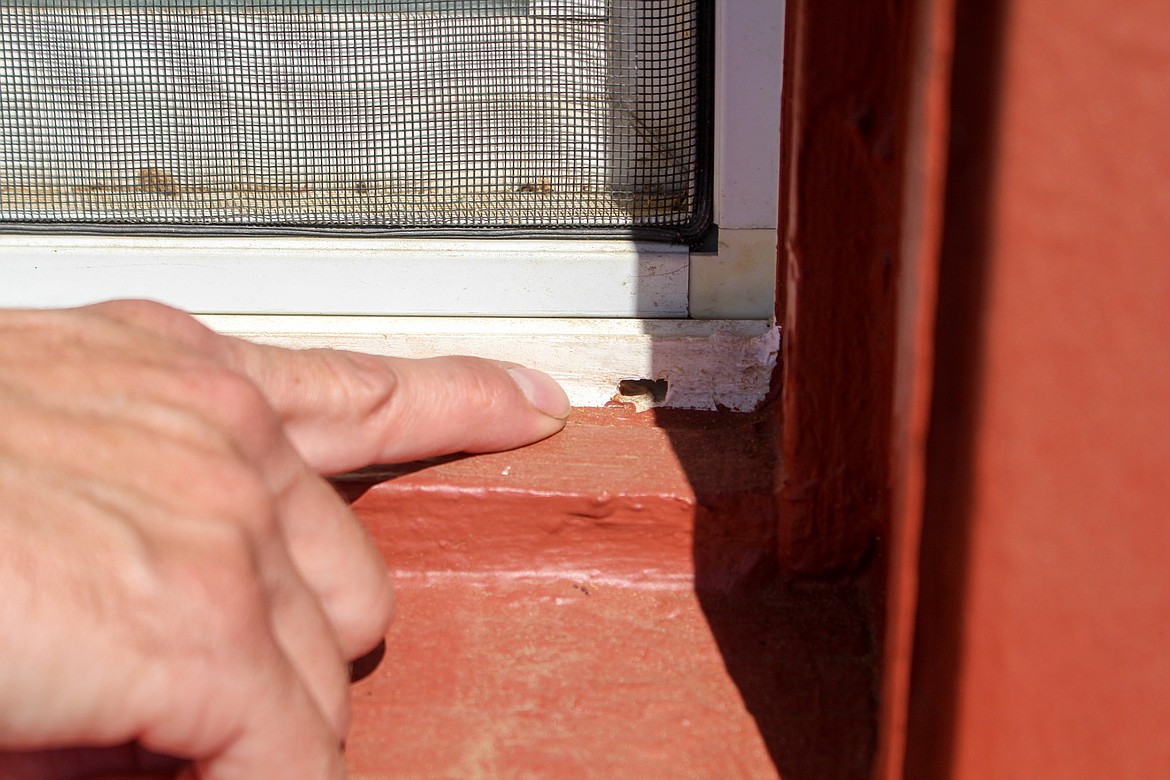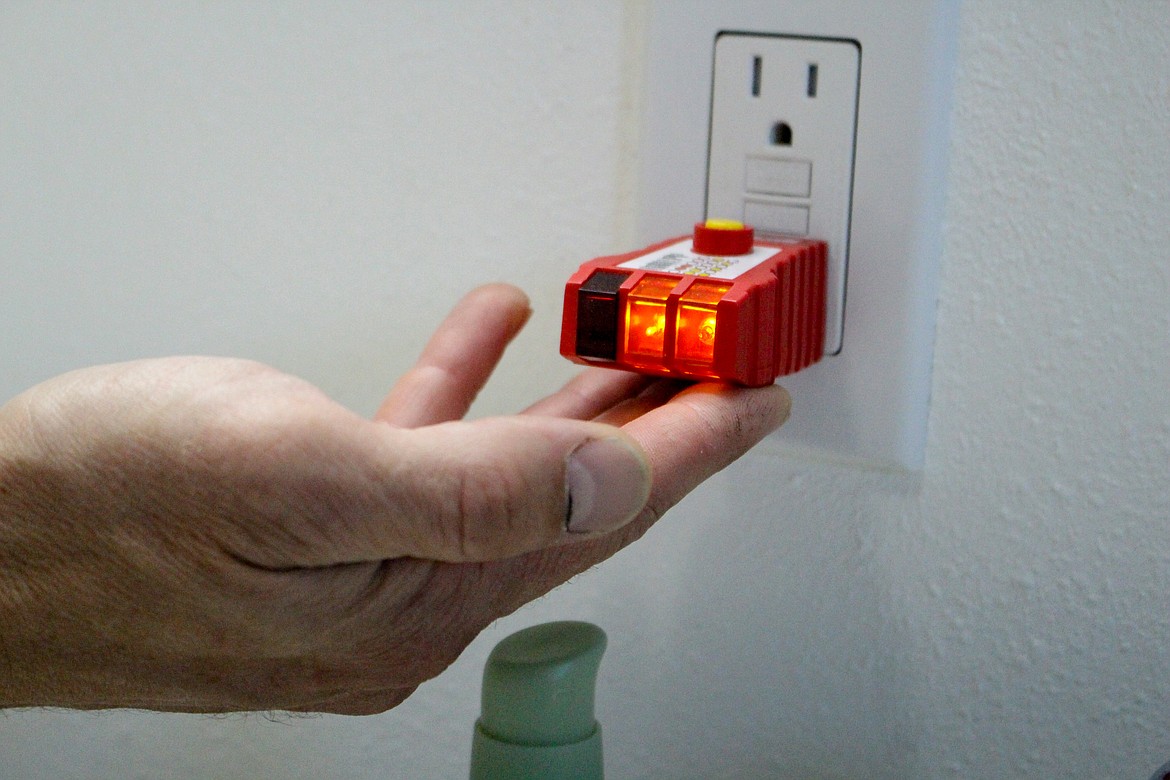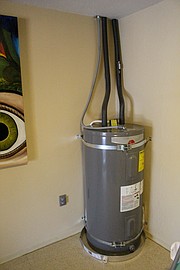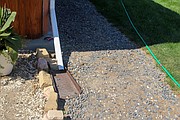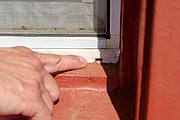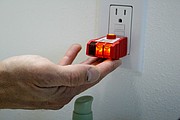Safety check: Make sure your home’s systems and structures are in proper condition
Home safety is an important thing to keep in mind for homeowners, making sure all of the systems and structures in their home are functioning properly. An issue with one water fixture or electrical wiring in the home can quickly compound.
Darrel Jensen got his home inspection license last winter before opening up his new business, E&M Home Inspection LLC, around June. Jensen said he spent a lot of time learning to fix things in his homes growing up.
One of the big factors in leading him into opening his new business was having his young kids running around the house, and wanting to make sure all of the facets of his home were in safe and working order.
Jensen said he looks at more than 400 different structures and sub-categories within the home during an inspection. First and foremost, he said he’s looking at the structural integrity of a home before moving to more nuanced features and overall safety.
Some of the basic home inspection things he said he’s looking for when going to a home for the first time include proper venting, making sure gases and water runoff are being properly expelled outside the home and any outdated or faulty wiring or plumbing fixtures.
Jensen said his family’s home in Moses Lake was built in the ‘60s and he had to deal with repairing a lot of undersized wiring. Those outdated wiring fixtures can quickly lead to issues inside the home.
He said he’s come across homes where the venting from bathroom fans or exhaust fans don’t terminate properly outside the home, instead venting air into the attic or crawl space.
“This is problematic, putting moisture into your attic or crawl space is just conducive to mold and bug activity and it’s just an unhealthy situation,” Jensen said.
For HVAC units in this area of Washington, dealing with the summer heat and the dust from harvest season can be detrimental factors to an air conditioning or heating unit. Jensen said he always recommends an annual maintenance of an air conditioner, cleaning the exterior coils and fins to make sure everything is clear and functioning properly.
Changing the filter every 30 days is something he recommends to help prevent buildup from dust or smoke. When it comes time to kick on the furnace, Jensen said a burning smell is to be expected for the first few minutes, but shouldn’t persist more than 15-30 minutes.
He said he recommends the same annual maintenance for chimneys, with even just an annual visual inspection to make sure everything is clear of debris. This area of the state is prone to having bee hives or bird nests built in those areas, which can lead to clogging up some of the ventilation and possibly damaging the unit’s components. A rain cap on top of a chimney can help reduce moisture from building up and help keep sparks from coming out.
Homes in rural areas or near the edge of town, such as the Dune Lakes neighborhood see a more extensive helping of dust during harvest season, as they’re surrounded by farmland.
“It comes back to maintenance because that dust gets into all the window tracks and all the seals and just gums everything up,” Jensen said.
Plumbing is another big part of home inspection, and people should look for any signs of leaks or previous water damage. Jensen said he’s checking around the pipes, under the sink and anywhere he can get to without pulling anything apart or opening up anything.
Making sure drains aren’t creating water damage in any of the crawl spaces, the attic or in the sub floors is key to finding the problem before it begins to deteriorate the home from within.
“If we don’t stay on top of our maintenance and take care of a problem, it can quickly lead to the next and lead to catastrophe,” Jensen said.
As soon as he sees any issue in an inspection, he said he’s recommending a proper licensed electrician, plumber, architect or engineer to help the homeowner address the issue.
As a home inspector, he said he often has to think “like a raindrop.”
“How it would hit the house, where it would puddle, rain is ultimately the number one destroyer of homes,” Jensen said. “Getting rid of water properly and getting it away from the foundation is key.”
Rain gutters are something he said homeowners don’t often think about beyond keeping the drainage off of walkways. He said making sure water isn’t puddling up around the foundation of the home is important, as it can soften the ground around the base of the home and lead to further issues down the road.
Typically, he said he’s on the roof of homes checking the clearance of the trim to the roof and figuring out how the water will be deflected from the home.
With so many new homes going up around the Columbia Basin, Jensen said he’s mostly looking for minor imperfections within the building process. For new homeowners, he said he likes to help them get familiar with how the various systems in their home work and general maintenance they should anticipate every five, 10 or 15 years.
General safety measures inside the home, such as proper amount of fire and carbon monoxide detectors around are key. For homeowners with a pool, proper gates and fencing helps keep their children and children around the neighborhood safer from having an accident.
Cleaning out dryer vents properly from lint is another big factor that can help prevent units from having issues or causing safety concerns.
Jensen said he’s happy to help out homeowners who may have questions about anything regarding the structure or safety of their home and can be reached at 509-771-0366.



